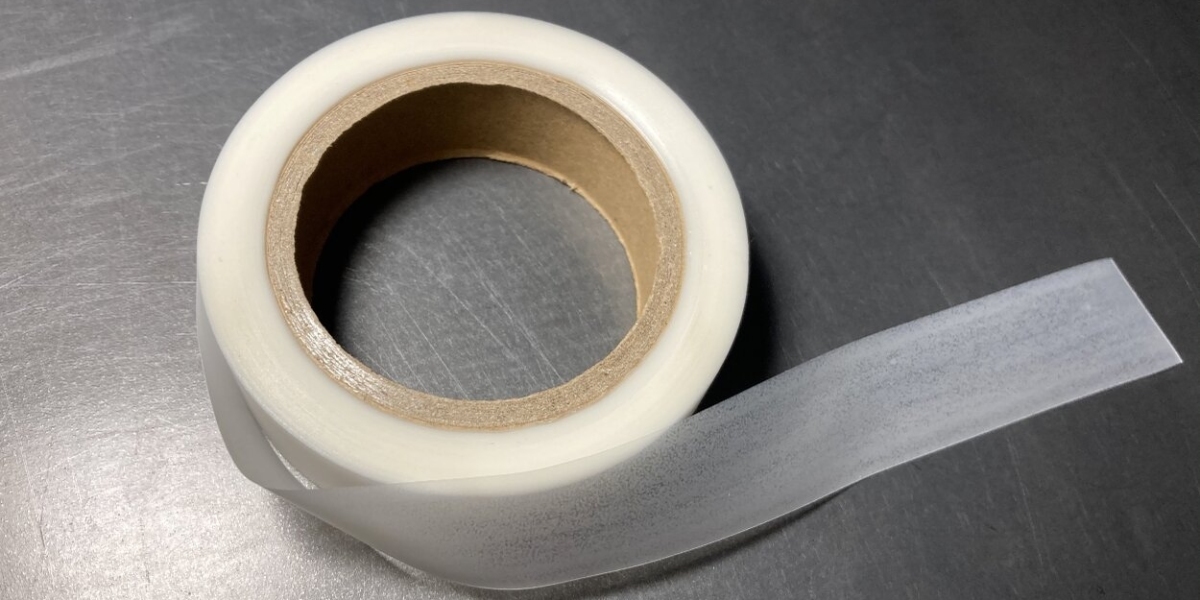The seam tapes market is witnessing growing attention in various industries due to its essential role in enhancing the durability, water resistance, and functionality of numerous products. Seam tapes, used to seal seams in fabrics and materials, play a critical part in applications such as outdoor apparel, automotive interiors, protective gear, and industrial fabrics. With increasing consumer expectations for high-performance materials and greater emphasis on quality and sustainability, seam tapes have evolved beyond traditional use, marking a significant shift in the global manufacturing landscape.
One of the primary growth drivers in the seam tapes market is the rising demand for waterproof and breathable apparel. Outdoor enthusiasts, athletes, and professionals in industries such as construction and healthcare seek clothing that offers both protection and comfort. Seam tapes help meet this demand by sealing the stitch holes in garments without compromising breathability. As a result, manufacturers of high-performance clothing have increasingly integrated seam taping technology to enhance product longevity and ensure weather resistance. The surge in recreational activities like hiking, skiing, and camping is further fueling the need for such advanced apparel, thus boosting the demand for seam tapes.
https://www.theinsightpartners.com/sample/TIPRE00004518
Another influential factor is the automotive industry's ongoing pursuit of improved interiors and material performance. Seam tapes are widely used in car seats, carpets, and interior trims to improve aesthetics and prevent moisture seepage. With consumers placing high value on comfort and vehicle longevity, automakers are investing in advanced materials that incorporate seam taping for added durability. Additionally, as electric vehicles become more prevalent, manufacturers are exploring lightweight and efficient materials, offering new avenues for seam tapes to contribute to vehicle design and functionality.
Sustainability is also reshaping the seam tapes market. Environmental concerns are prompting manufacturers to develop eco-friendly tapes that are solvent-free, recyclable, and made from biodegradable materials. The demand for sustainable fashion and green production processes is compelling textile and apparel producers to adopt environmentally responsible practices. Seam tapes that meet these criteria are gaining traction, particularly in regions where regulatory frameworks emphasize eco-conscious manufacturing. This transition is not only a response to legal requirements but also a strategic move to appeal to environmentally aware consumers.
Market Segmentation
By Type
· Single-Layered and Multi-Layered
By Materials
· Polyurethane
· Thermoplastic Polyurethane
· Polyamide
By Application
· Apparel
· Sportswear
· Shoes
Key Players
· Adhesive Films, Inc.
· Bemis Associates Inc.
· DingZing Advanced Materials Inc.
· E. Textint Corp.
· Framis Italia S.p.A.
· Gerlinger Industries GmbH
· HiMEL Corp.
· San Chemicals, Ltd.
· Sealon
Geography
· North America
· Europe
· Asia-Pacific
· South and Central America
· Middle East and Africa
Technological advancements are pushing the boundaries of what seam tapes can achieve. Innovations in adhesive chemistry and film technology are resulting in tapes that are lighter, more flexible, and capable of bonding with a wider range of materials. Smart seam tapes embedded with conductive materials or sensors are beginning to emerge, particularly for use in smart textiles and wearables. These innovations open up opportunities in the medical and defense sectors, where garments with monitoring capabilities are increasingly valuable. As these technologies mature, the scope for seam tapes is expected to expand significantly.
Despite the promising outlook, the seam tapes market faces challenges such as fluctuating raw material prices and the need for specialized application techniques. Manufacturers must invest in skilled labor and advanced equipment to ensure proper application and maximize product performance. Additionally, counterfeit and low-quality seam tapes pose a risk to brand reputation and consumer trust, compelling companies to maintain strict quality control measures.
Moreover, consumer awareness regarding the importance of seam tapes is relatively limited outside of niche markets. Effective marketing and education about their benefits, especially in consumer products like rainwear and backpacks, can drive broader adoption. Building brand trust through transparency and certifications for product quality can also enhance market penetration.
Conclusion
The seam tapes market is steadily transforming as it adapts to changing consumer needs, technological advancements, and sustainability trends. From outdoor apparel to automotive applications and smart textiles, seam tapes play a crucial role in enhancing product performance and reliability. While challenges persist, the market’s upward trajectory appears strong, supported by innovation and increasing demand for quality-enhanced, sustainable solutions. As industries continue to evolve and push the limits of material science, seam tapes are set to remain a fundamental component in modern manufacturing processes.





